#sleeping beauty spring
Text
Sleeping Beauty Spring: The Complete List
The Sleeping Beauty (1889 ballet by Pyotr Ilyich Tchaikovsky)
Dornröschen ("Briar Rose") (1902 German opera by Engelbert Humperdinck)
La belle au bois dormant ("The Sleeping Beauty in the Wood") (1908 French silent short)
La bella dormente nel bosco ("The Sleeping Beauty in the Wood") (1922 Italian opera by Ottorino Respighi)
The Sleeping Princess (1939 Walter Lantz cartoon)
Dornröschen ("Briar Rose") (1941 German stop-motion short)
Let's Pretend: Sleeping Beauty (late 1940s record album)
Prinsessa Ruussunen ("Princess Briar Rose") (1949 Finnish film)
The Sleeping Beauty (1954 silhouette animated short)
Dornröschen ("Briar Rose") (1955 German film)
Sleeping Beauty (1959 Disney animated film)
Dornröschen ("Briar Rose") (1971 German film)
Festival of Family Classics: The Sleeping Beauty (1973 animated series episode)
World Famous Fairy Tale Series/My Favorite Fairy Tales: Sleeping Beauty (1976 anime series episode)
Jak se budí princezny ("How to Wake a Princess") (1978 Czech/German film)
Music Time: The Sleeping Beauty (1979 stop-motion short)
Faerie Tale Theatre: Sleeping Beauty (1983 TV series episode)
Favourite Fairy Tales: Sleeping Beauty (1984 animated short)
Cannon Movie Tales: Sleeping Beauty (1987 film)
Grimm's Fairy Tale Classics: Briar Rose (1989 anime series episode)
Šípková Růženka ("Briar Rose") (1990 Czech/German film)
Britannica's Fairy Tales from Around the World: Sleeping Beauty (1990 animated short)
Sleeping Beauty (1991 Golden Films animated feature)
Happily Ever After: Fairy Tales for Every Child – Sleeping Beauty (1995 animated series episode)
Sleeping Beauty (1995 Jetlag Productions animated feature)
La leggenda della Bella Addormentata ("The Legend of Sleeping Beauty") (1998 Italian animated series)
Simsala Grimm: Sleeping Beauty (2000 animated series episode)
O Šípkové Růžence ("Briar Rose") (2006 Czech TV film)
Märchenperlen: Dornröschen ("Fairy Tale Pearls: Briar Rose") (2008 German TV film)
Sechs auf einen Streich: Dornröschen ("Six a One Blow: Briar Rose") (2009 German TV film)
Maleficent (2014 film)
@ariel-seagull-wings, @thealmightyemprex, @faintingheroine, @comma-after-dearest, @reds-revenge, @the-blue-fairie, @fairytaleslive, @themousefromfantasyland, @paexgo-rosa, @thatscarletflycatcher, @autistic-prince-cinderella
60 notes
·
View notes
Text
Sleeping Beauty 1959 Dell Comics Back Cover

@amalthea9 @princesssarisa @angelixgutz @the-blue-fairie @moonbeamelf @softlytowardthesun
78 notes
·
View notes
Text

— Sleeping Beauty (1959)
#sleeping beauty#disney#disneyedit#animationedit#filmedit#I need to do this this spring#sleepingbeauty*#mine*
1K notes
·
View notes
Text

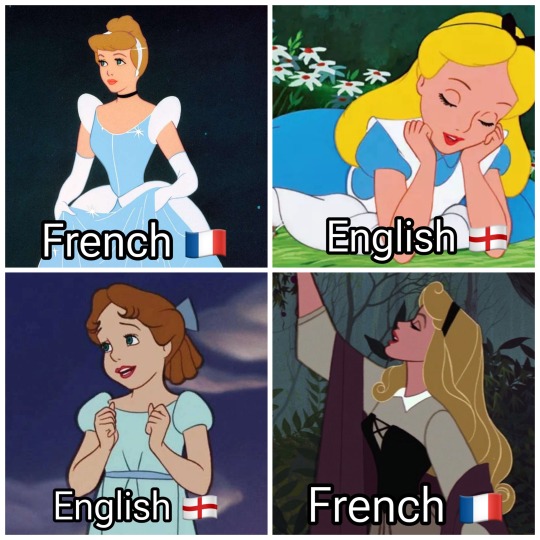
Disney princess/heroine ethnicities/places of origin part one: 1934-1959 🌎
#persephone#snow white#the blue fairy#katrina van tassel#cinderella#alice#wendy darling#aurora#the goddess of spring#snow white and the seven dwarfs#pinocchio#the legend of sleepy hollow#alice in wonderland#peter pan#sleeping beauty#disney
52 notes
·
View notes
Text
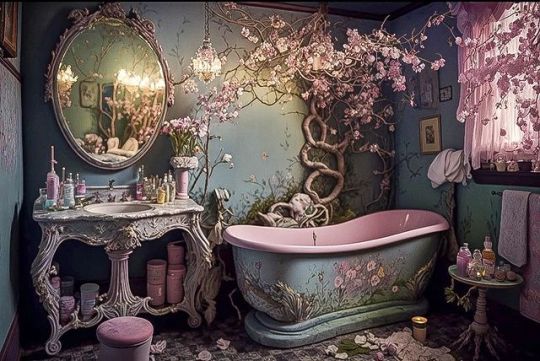
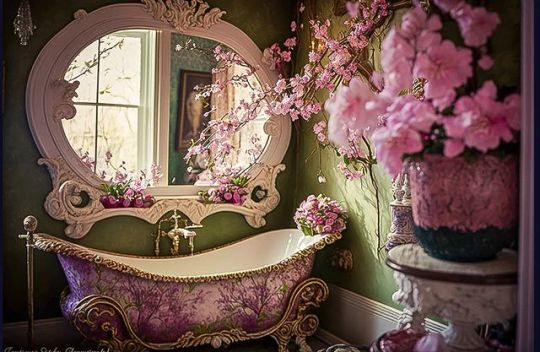


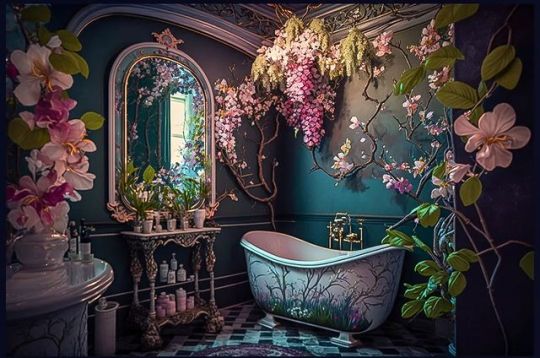
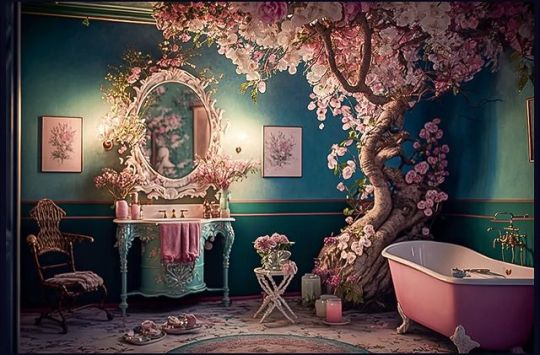



148 notes
·
View notes
Text
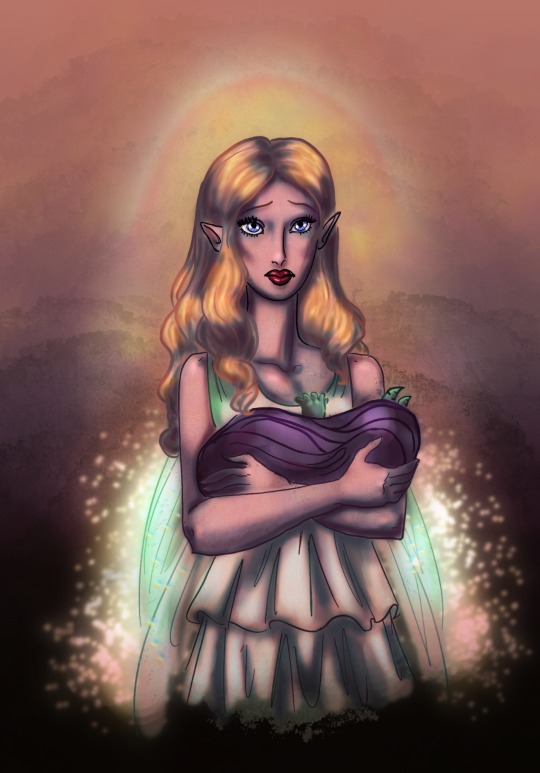
Drawing I did yesterday of Maleficent's mother Proserpina and baby not-yet-Maleficent
#my art#disneyverse#my ocs#villain backstory#maleficient#disney#sleeping beauty#disney sleeping beauty#the goddess of spring#proserpina#disney ocs#more like a rework then a full oc but still
45 notes
·
View notes
Text
beauty and the beast tamlin is OUT
sleeping beauty tamlin is IN
let my man sleep for a hundred years while his mother's rose bushes rank around the manor and impale every trespasser who tries to get in. folk making up legends about what happened. maybe one day someone will come who the thorns decide is worthy of entering the manor and finally waking the beast of spring.
#a good long nap is all he needs#please sleeping beauty tamlin when#tamlin#tamlin x oc#acotar#spring court
303 notes
·
View notes
Text
Disney's Sleeping Beauty: Aurora & Prince Philip —Aesthetic
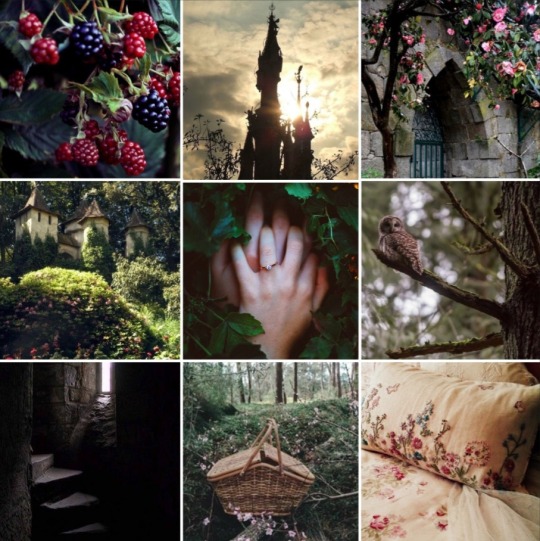
Aurora & Prince Philip's Relationship
Aurora first meets Phillip when she's a baby. They're betrothed to each other by their parents. This way, when they're old enough to get married, their kingdoms can peacefully unite. However, Philip isn't satisfied by the idea. Sixteen years later, Aurora isn't interested in marrying someone she's never met for political reasons. Instead, it's clear both people want to find true love. In addition to being attracted to each other, the couple bond over their love of singing, dancing and romance. Aurora and Philip are content with whatever life they live as long as they're together. Thus why Philip was willing to give up the throne to become a peasant for Aurora. Meanwhile, she embraced being a royal to be with him in the end. Beyond the couple being loyal and determined to remain together, regardless of what life throws at them, the two also have a love for animals.
#sleeping beauty#aurora#prince phillip#disney#cottagecore#rustic#art#naturecore#aesthetic#moodboard#spring moodboard#medieval#medieval moodboard#royalcore
25 notes
·
View notes
Text
I have the opposite of seasonal affective disorder whenever the sun shines for the first time in a while I feel like I've snorted a line or something. barely slept last night but the sun is shining so I'm literally fine even though a night like this in worse circumstances could render me unable to function normally for 2 or so days. not sure how this works but I'm not complaining
#sometimes im like... should i go talk to a therapist about this.... but i literally dont feel bad in winter#it's literally just that feel great in warm weather. when spring kicks in i dont need sleep anymore and life is beautiful#it wears off after a while but for those first few hot days im literally unstoppable#personal
11 notes
·
View notes
Text




On a trip to Disney in Orlando for a few days with my sister and brother-in-law! Today we went to Disney Springs
Bought myself a couple of souvenirs!
First a very nice plushie of the Duck himself, Donald Duck!
And a nice replica of the book from Sleeping Beauty that’s just a notebook that’ll probably never use just keep on my shelf
31 notes
·
View notes
Text
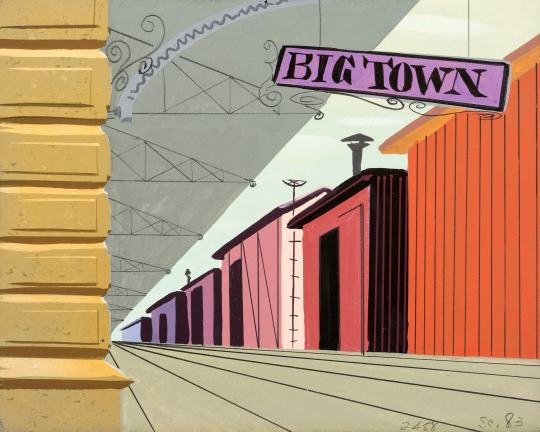




Disney Production Art By Eyvind Earle (1954-59)
#50s#disney animation#production art#shorts#feature film#concept art#color key#concept painting#art direction#paintings#pigs is pigs#lady and the tramp#rite of spring#paul bunyan#sleeping beauty#eyvind earle
18 notes
·
View notes
Text
Sleeping Beauty Spring: "Sleeping Beauty" (1959 Disney animated film)
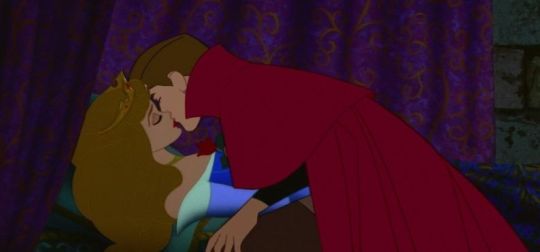
In contemporary American popular culture, this lavish animated feature defines the story of Sleeping Beauty. Countless children have grown up with this version of the tale, not just through the film itself, but through dolls, picture books, Halloween costumes, t-shirts, accessories, and visits to the pop culture icon that is Disneyland's Sleeping Beauty Castle. Yet as an adaptation of of the fairy tale, it plays particularly fast and loose with the original plot. But the liberties it takes work to its advantage. Disney infuses the tale with emotion, conflict, and action that more strictly faithful adaptations lack, but which suit the art form of cinema.
The film's first and foremost departure from the classic tale is to flesh out and humanize the fairies, rather than portraying them as just ethereal agents of fate. The three good fairies, Flora (voice of Verna Felton), Fauna (Barbara Jo Allen), and Merryweather (Barbara Luddy), are small elderly ladies, each with her own distinct, endearing personality. In sharp, powerful contrast to their goodness and warmth stands Maleficent (Eleanor Audley) – not the mere angry fairy of tradition, but a majestic dark sorceress, the self-proclaimed "mistress of all evil," and one of Disney's most iconic villains. Flora, Fauna, and Merryweather are the true protagonists of this film, as the story is rewritten to revolve around their efforts to save Princess Aurora (voiced by the golden-toned operatic soprano Mary Costa) from Maleficent's evil magic.
After Merryweather softens Maleficent's curse on Aurora from death to sleep, the three good fairies take further steps to try to prevent the curse from coming to pass at all. In another drastic departure from the traditional tale, King Stefan and his queen entrust their baby daughter to the fairies, who disguise themselves as peasant women and raise her as their foster child in the forest, changing her name to "Briar Rose." (Thus her name from the Grimms' version of the tale and her name from Tchaikovsky's ballet both get their due.) They plan to take her back to the castle at sunset on her sixteenth birthday, when the curse will end, to reunite with her parents and to marry her betrothed, Prince Phillip (Bill Shirley).
Sixteen years later, in the forest, Briar Rose and Prince Phillip meet by chance and fall in love, neither knowing the other's identity. Afterwards, Briar Rose is distraught to learn her own royal identity and betrothal, because it means leaving her "peasant boy" behind. When the fairies take her back to the castle, they allow the sad princess a few moments alone. Unfortunately, Maleficent seizes the chance to hypnotize Aurora and leads her up to a tower where a spinning wheel waits.
As the fairies put the whole royal court to sleep along with Aurora, they learn that the young man she met in the forest was, in fact, Prince Phillip. But Maleficent captures and imprisons the prince to prevent him from waking Aurora with true love's kiss. This leads to what may be the most dramatic change from the traditional story: Aurora and the court's enchanted sleep doesn't last for a hundred years, but just one night, the length of time it takes for the fairies to help Prince Phillip escape from Maleficent's dungeon and reach King Stefan's castle. After Phillip chops through the forest of thorns Maleficent creates to bar his way, Maleficent transforms herself into a fire-breathing dragon, and an epic battle takes place. In the end, of course, the dragon is slain, and Phillip's kiss wakes Aurora, who finally meets her parents and takes her place as princess by her prince's side, while the good fairies happily look on.
Walt Disney set out to make Sleeping Beauty his greatest animated feature thus far, and its visual spectacle and elegance have rarely been equalled before or since. With artist Eyvind Earl as the animation's chief stylist, the entire picture has the look of a rich medieval tapestry, combined with with sleek traces of 1950s modern art too, and the film's widescreen Super Technirama 70 format gives it an epic dimension far different from Snow White and the Seven Dwarfs or Cinderella. The visual beauty is enhanced by the classical-flavored musical score by George Bruns, based on motifs from Tchaikovsky's ballet – of the few songs sung by the characters, the standout is the main love theme, "Once Upon a Dream," based on Tchaikovsky's famous Garland Waltz. Some critics might find the whole atmosphere too sophisticated and serious compared to other, livelier films in Disney's animated canon. But the excellent voice cast brings their roles to life, and the film's focus on Flora, Fauna, and Merryweather adds warmth, lightness, and gentle humor to balance out the medieval elegance.
While I can't say if Walt Disney succeeded or not in making Sleeping Beauty greater than all his earlier animated features, it's most definitely one of the crown jewels of the Disney animated canon. And while it's not the most faithful retelling of the classic fairy tale, its sheer artistic quality as a film is hard for any other version to equal.
@ariel-seagull-wings, @thealmightyemprex, @faintingheroine, @reds-revenge, @the-blue-fairie, @comma-after-dearest, @themousefromfantasyland, @paexgo-rosa, @thatscarletflycatcher
56 notes
·
View notes
Photo
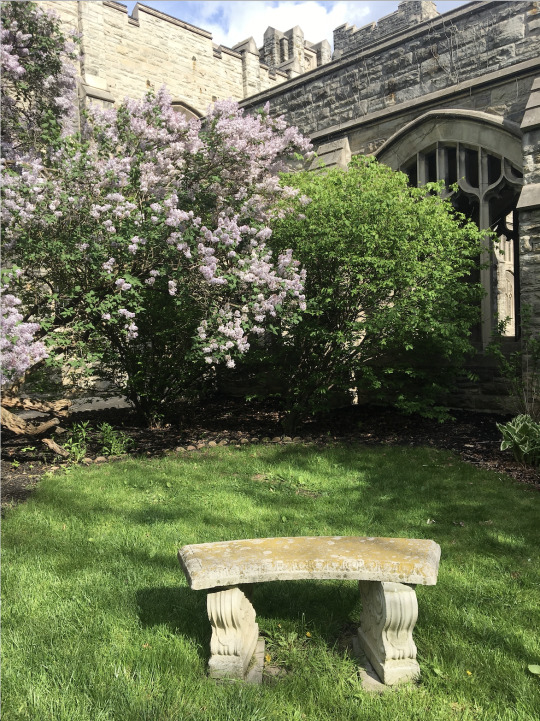
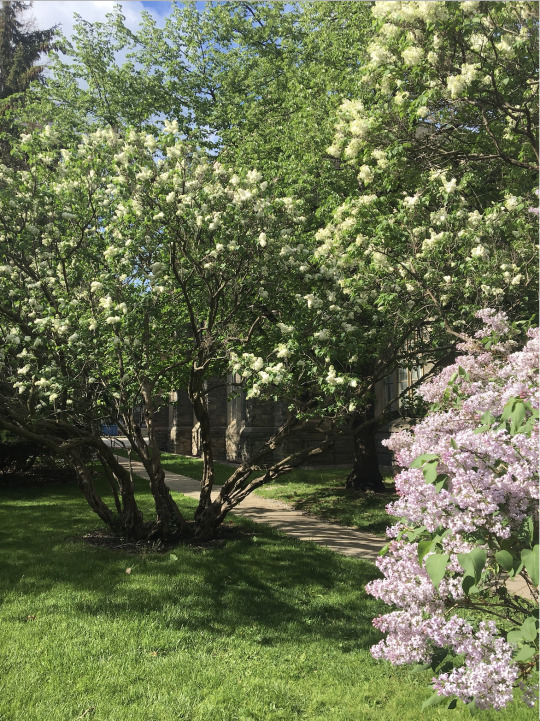
Good morning, spring has come to the castle
#and isn't she looooovely#the whole space smells like lilacs now#utter perfection#even though I madly need to catch up on sleep I still want to go outside#university#u of t#university of toronto#studyblr#spring#beautiful places#light academia#academia aesthetic#study inspo#study motivation
635 notes
·
View notes
Text
@themousefromfantasyland @princesssarisa @angelixgutz @autistic-prince-cinderella
This 100 page comic book adaptation of Disney's Sleeping Beauty, released in 1959 to acompany the movie's release, while still very close to the movie, ads small details that expand the characters characterizations.
Particularly in the life of the Three Fairies raising the Princess in the Cottage: It shows Fauna and Flora got to have more fun bathing, feeding and craddling the baby (humorously Flora sits in the baby craddle while holding Aurora in her arms and singing a lullaby), while Merryweather had to make the harder work of sewing, cleaning, baking, cooking and chopping wood, wich initially she dislikes, but over 16 years she grows acostumed to.
That makes even clearer that while the other Fairies love Merryweather, they take her for granted, so you get why she is frustrated when Flora doesn't let her make the dress (even tough she is the one who knows sewing) and choose the color: she is desiring the proper recognition of her efforts that Flora doesn't give to her.
And when the passage of time is shown, we see a bit of Aurora growing up with the Fairies, laughing when Merryweather gets her misle spots as a child, having her measures taken on the wall and trying to cheat by putting her foot on point.
And when she is sixteen, we read her toughts in balloons, and she receives some more dialogue.
This expands her characterization a bit by giving her some more sass, along with the beauty, grace and romantic sensibilities that were already present in the movie.
And the wood animals talk among each other about how they consider an event to listen her singing.
Queen Leah got more lines as well, and Hubert and Stefan got to age together: Hubert starts with red hair and Stefan with black hair. When the sixteen years pass, they get white hair.
Different from the movie where Hubert started and ended with white hair and Stefan started and remained with black hair.
There is a detail where Hubert tries to atack Maleficent with his sword and Stefan stops him to protect him from her magic, wich is a nice touch of contrasting their personalities.
54 notes
·
View notes
Text
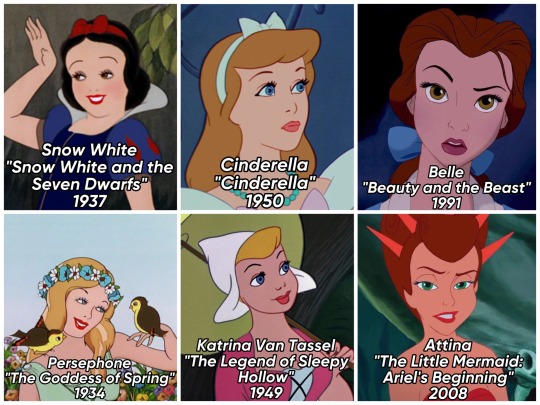



Disney characters with similar faces ✨
#snow white and the seven dwarfs#the goddess of spring#cinderella#the legend of sleepy hollow#beauty and the beast#the little mermaid: ariel’s beginning#alice in wonderland#peter pan#rapunzel’s tangled adventure#hercules#tangled#frozen#the little mermaid#the black cauldron#the owl house#amphibia#enchanted#the princess and the frog#sleeping beauty#one hundred and one dalmatians#raya and the last dragon#the jungle book 2#disney
78 notes
·
View notes
Text
wait omg daylight savings tonight.. we lose an hour of sleep... guys it's the one day a year where i can maybe pretend that i managed to sleep in
#sorry but i do like the spring time change better than the fall one. the fall one always messes me up SO BAD#but in the springtime. sometimes i can wake up at 7 instead of 6 for one singular day and it's a beautiful feeling#literally tho the spring time change takes me like one day to adjust to and the fall one takes WEEKS#everyone is like 'but in the fall you get an extra hour of sleep!!' no. you don't understand.#i just have to be awake for an extra hour. i can't get 'extra sleep'. i can't even get ENOUGH sleep.#meanwhile in spring. since i already don't get enough sleep. i don't really lose an hour of sleep; i just lose an hour of being awake#anyway sorry to all of you who will be suffering. but i'm going to be busy pretending my sleep schedule could be fixed <333 yayayay yippeee#hello grace here
8 notes
·
View notes